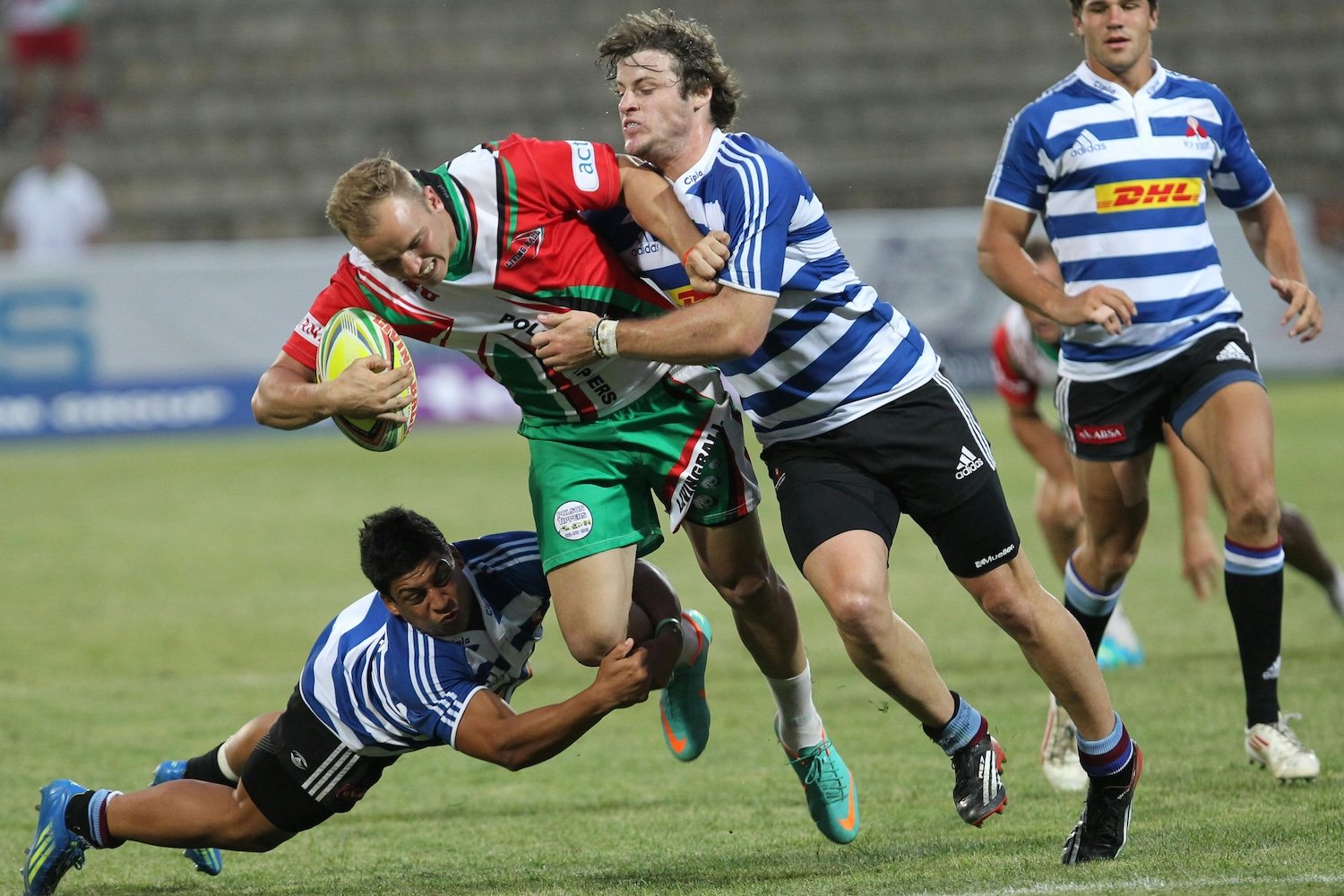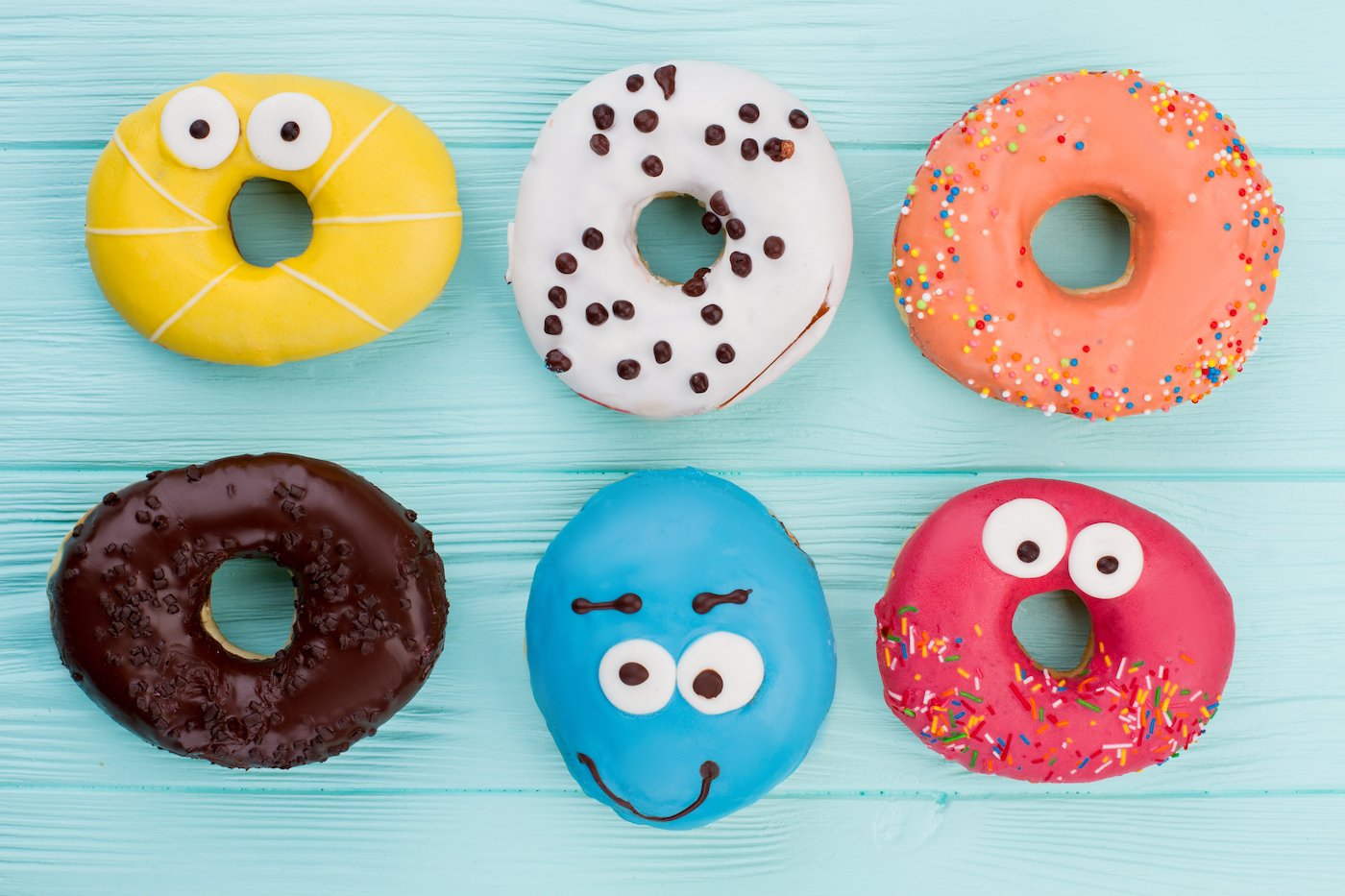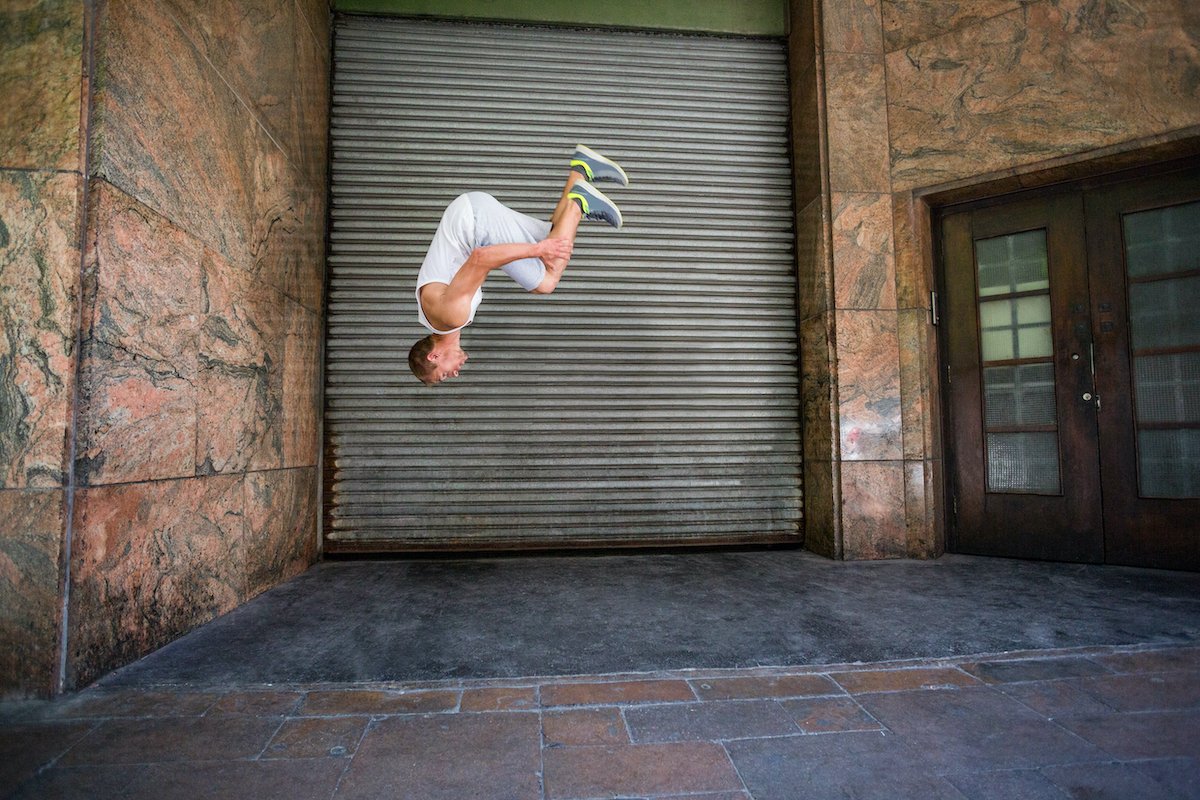What is Brand Excitement and How Do You Accurately Measure it?
In a world experiencing ‘choice overload’, what makes someone feel something about your brand?
That spark of energy, that moment they say, “I love this”.
That’s Brand Excitement.
It’s not just about recognition or loyalty. It’s about buzz, emotion, movement. And while it can feel intangible, it can be measured, if you know what to look for.
What is Brand Excitement?
Brand Excitement is the emotional energy people associate with your brand. It shows up as curiosity, pride, enthusiasm or even urgency to act. It’s what makes people stop scrolling, share your post, try your product, or talk about you without being asked. It’s the feeling that your brand is doing something fresh, relevant, and alive.
You’ll know you’ve created it when your audience isn’t just aware of your brand, they’re energised by it.
Why Brand Excitement Matters
People don’t buy from brands because they understand them. They buy because they feel something. Rational messaging builds trust, but emotion drives action.
For ambitious companies, especially in emerging markets, disruptive industries or purpose-led spaces, Brand Excitement is a key driver of momentum. It gets you noticed, shared, funded, and followed.
It’s also contagious. A buzz around your brand attracts partners, talent, and advocates who want to be part of something bold.
How Do You Measure It?
Brand Excitement isn’t just about likes and followers. It requires a broader view, combining data, context and human insight. Here’s how we measure it:
1. Emotional Engagement
Look at the tone and quality of comments, shares, and DMs. Are people reacting emotionally? Are they inspired, surprised or curious? Sentiment analysis tools can help, but so can good old human review.
2. Brand Momentum Metrics
Monitor growth in branded search, direct traffic, newsletter signups and referral links. Spikes in these areas often follow moments of high Brand Excitement.
3. Community Activity
Are people forming groups, creating content, or running events around your brand? When audiences become co-creators, you’ve hit a new level of excitement.
4. Media and Influencer Attention
Unprompted press, shares by ‘tastemakers’ or industry experts, and unexpected collaborations are signs your brand is generating interest beyond its own reach.
5. Internal Vibes
What’s the energy like inside your team? Are people proud to wear the logo? Are they sharing new ideas unprompted? Internal excitement is often a precursor to external momentum.
Final Thoughts
Brand Excitement isn’t a vanity metric. It’s a signal that people care. That your story is landing. That you’re doing something worth watching. At Hiatus, we design brands that don’t just show up, they shake things up.
Because when a brand is exciting, it doesn’t need to shout. People lean in.
You might also like:

















